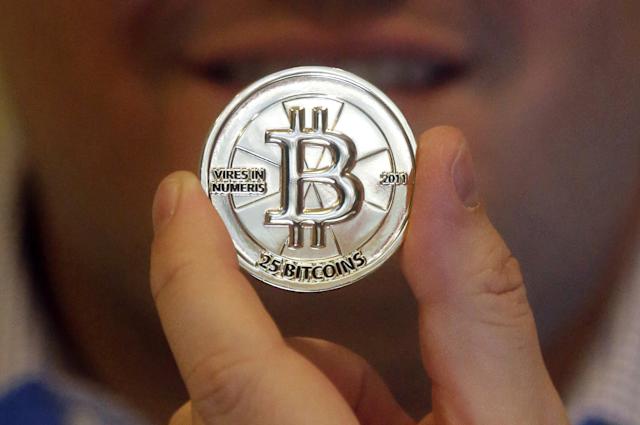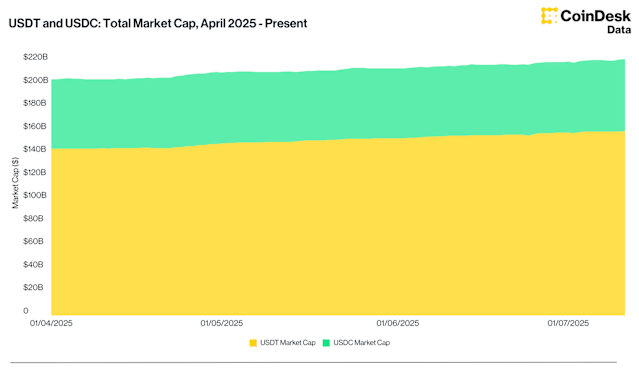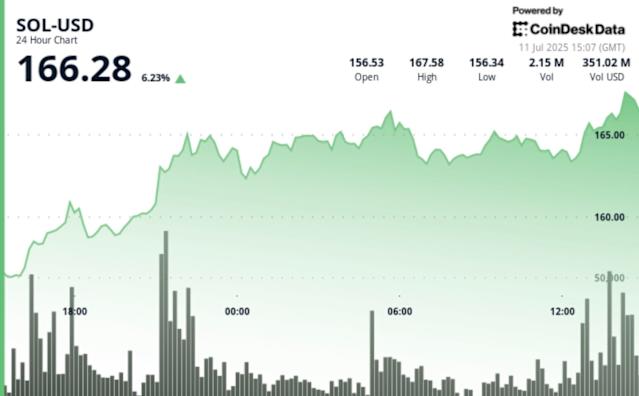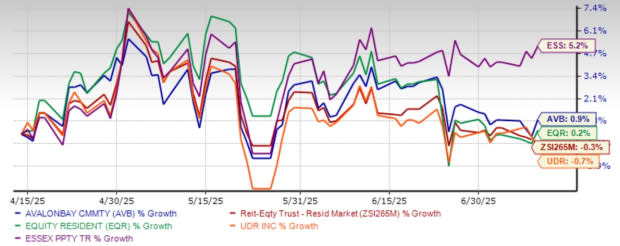Motley Fool CEO Says The Fool's Edge Is a True 5-Year Time Horizon

Key Points
-
The Motley Fool was largely founded on the idea that a long-term mindset produces superior returns.
-
That investing philosophy has not changed in the 32 years since The Motley Fool was launched.
-
A strict horizon of five years or more forces investors to clarify what’s important and what isn’t.
-
These 10 stocks could mint the next wave of millionaires ›
There's comfort in knowing you've got options. That's true in terms of careers, relationships, and even investing. Being able to exit a stock position whenever you want makes it much easier to enter that position in the first place.
As is the case with anything in life though, just because you have flexibility doesn't necessarily mean you should always use it. Sometimes the smartest decision you can make as an investor is doing nothing. That's because a more active approach to investing often ends up chipping away at your total returns.
That's a key takeaway from a recent interview with Motley Fool co-founder and CEO Tom Gardner. When asked about the Fool's approach to picking stocks, he explained: "Our system is saying, we're looking five years out -- we're not the system that's trying to make the call in the next six months."
That seemingly off-the-cuff comment is the stuff of market-beating investing wisdom.
More activity can easily mean smaller gains
Gardner's entire thought was this:
"Everyone needs to realize that our system is saying, we're looking five years out. We're not the system that's trying to make the call in the next six months. That can happen in financial media, elsewhere. That can happen in trading systems and trading sites... you can go to those sites for that up-to-the-second stuff. It's not really us. We can't help you in that area. But we do think history shows that systems like ours are where the real money is made over the long term."
He's right. Most of the money made in the stock market is made over the long run. Or more specifically, most of the net gains the market dishes out are dished out to investors who buy and hold stocks for at least five years. More frequent trading can easily lead to results that lag the market's average performance. It might even drag you into the red.
Standard & Poor's regularly updates some interesting statistics that support this claim. In its most recent comparison of passive index funds vs. actively managed funds, the financial giant found that over the course of the past three years, only 15% of large-cap mutual funds available to retail investors in the U.S. actually beat the benchmark S&P 500. The rest lagged it.
Story ContinuesThings don't get any better when you look at longer time frames, either. Over the past 10 years, 84% of large-cap funds trailed the benchmark index, while nearly 90% of all actively managed domestic funds underperformed the S&P 500.
And for the record, it's incredibly rare for one of the leading performers in any given year to remain a leader in subsequent years.
Hedge funds don't fare any better, by the way. Although they're built and actively managed with the goal of maximum performance, numbers crunched by investment management outfit Aurum indicate that while the average hedge fund gained a respectable 11.3% last year, that trailed the overall market's gain of 14.5%, extending their long trend of underperformance.
Take the hint: Less is more
There's a lesson for average, ordinary individual investors buried in the numbers. It's incredibly difficult even for investing professionals to predict what the market or an individual stock is going to do over the course of any given few months. Indeed, stocks often do quite the opposite of what it seems like they should do over short-term periods.
Yet, predicting how the market or a particular stock is likely to perform in the long run isn't nearly as difficult for informed, disciplined investors. This seems counterintuitive. After all, the further down the road one looks, the blurrier the picture is apt to be.
Except that it is the short-term view that's obscured by all the noise that can foment both fear and greed, and in the longer term, that noise often ends up meaning very little. The true nature of an individual company or an entire national economy, on the other hand, will actually shine through given enough time -- say, five years or more.
As the legendary value investor Benjamin Graham once brilliantly put it, "In the short run, the market is a voting machine but in the long run, it is a weighing machine." Your chief challenge as an investor is simply to distinguish between the short-term "voting" driven by meaningless noise and the long-term "weighing" that reflects the fundamentals.
That's what The Motley Fool aims to do, by looking past the noise to focus on the five-year view. If you can do that, you'll enjoy a competitive edge that most investors don't.
It's actually quite freeing once you learn to do this, in fact. In many ways, this mindset not only gives you permission to ignore headlines that won't really matter in the long run, it forces you to focus on the more important details of your prospective investments. It also allows you to spend less time managing your portfolio so you can devote more time to more important matters like your health, friends and family, and hobbies.
In other words, working smarter rather than harder can leave investors with bigger profits than they'd be likely to achieve with a more activist approach.
Don’t miss this second chance at a potentially lucrative opportunity
Ever feel like you missed the boat in buying the most successful stocks? Then you’ll want to hear this.
On rare occasions, our expert team of analysts issues a “Double Down” stock recommendation for companies that they think are about to pop. If you’re worried you’ve already missed your chance to invest, now is the best time to buy before it’s too late. And the numbers speak for themselves:
-
Nvidia: if you invested $1,000 when we doubled down in 2009, you’d have $425,583!*
-
Apple: if you invested $1,000 when we doubled down in 2008, you’d have $40,324!*
-
Netflix: if you invested $1,000 when we doubled down in 2004, you’d have $674,432!*
Right now, we’re issuing “Double Down” alerts for three incredible companies, available when you join Stock Advisor, and there may not be another chance like this anytime soon.
See the 3 stocks »
*Stock Advisor returns as of July 7, 2025
James Brumley has no position in any of the stocks mentioned. The Motley Fool has no position in any of the stocks mentioned. The Motley Fool has a disclosure policy.
Motley Fool CEO Says The Fool's Edge Is a True 5-Year Time Horizon was originally published by The Motley Fool


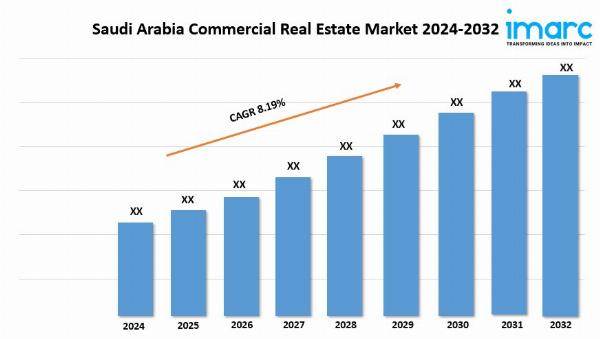
![Automotive Embedded System Market: Latest Report on Significant Expansion by {2028} [Market Size: $8 Billion]](https://antiochtenn.com/zb_users/upload/2025/07/20250712160002175230720235778.png)




